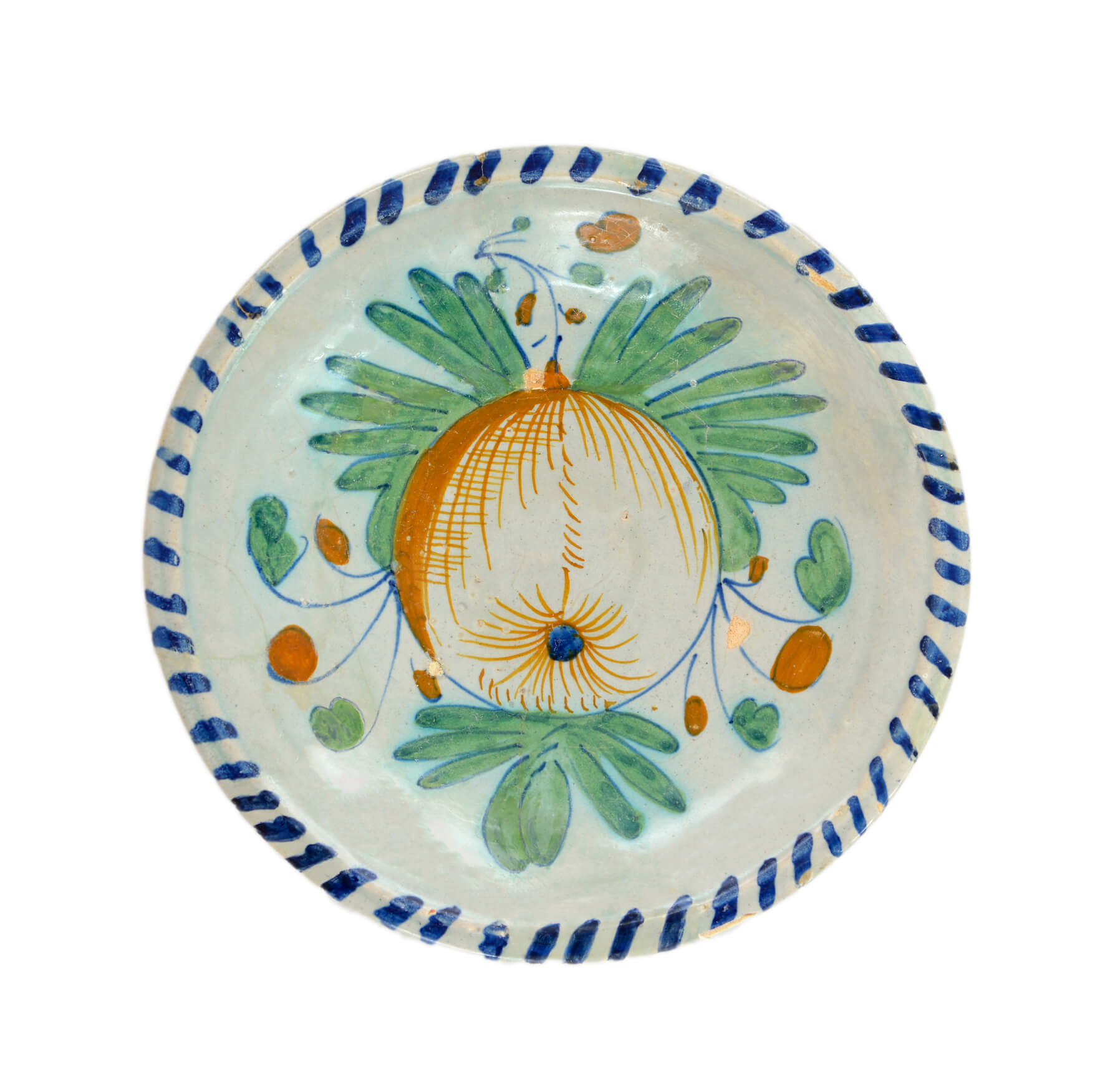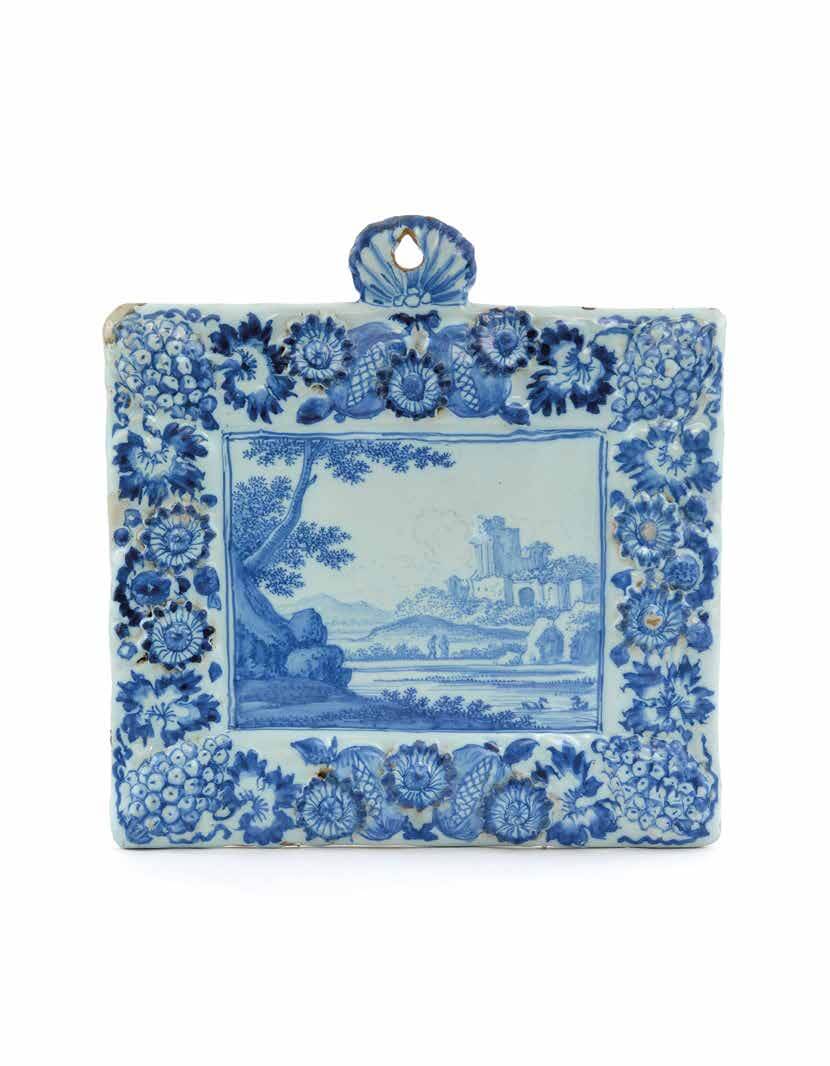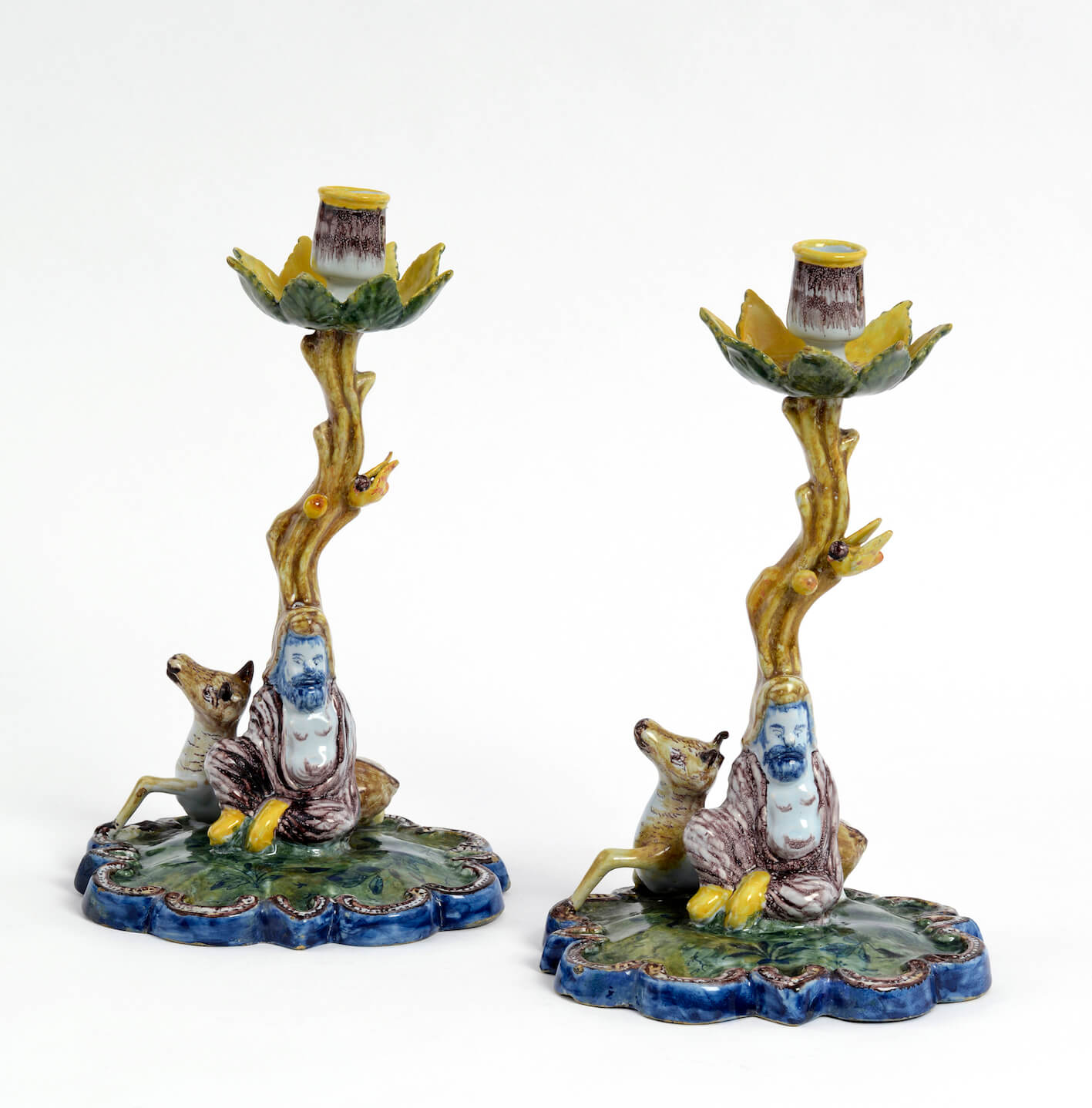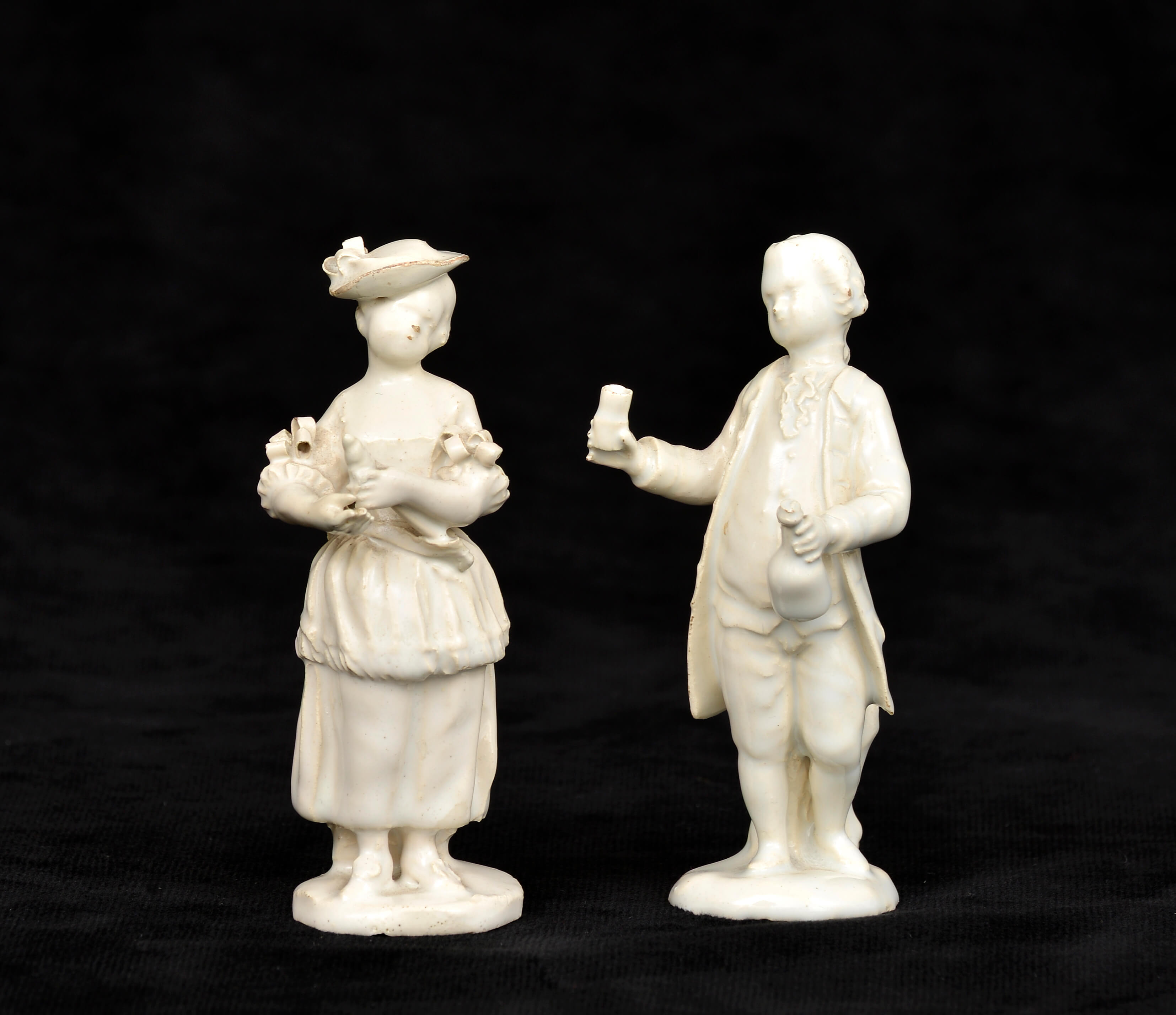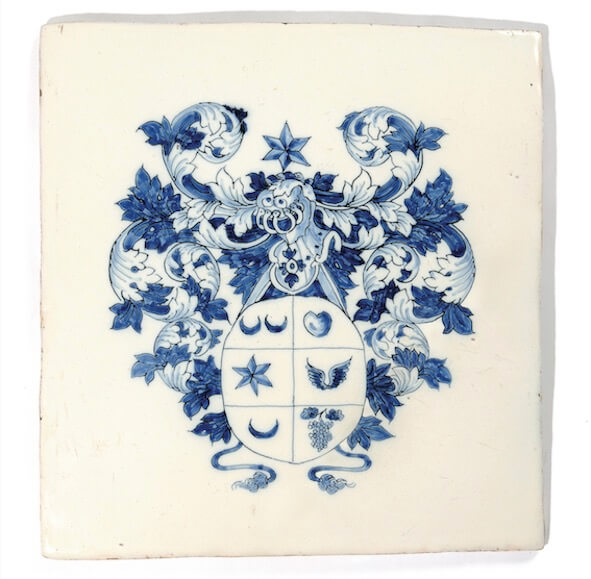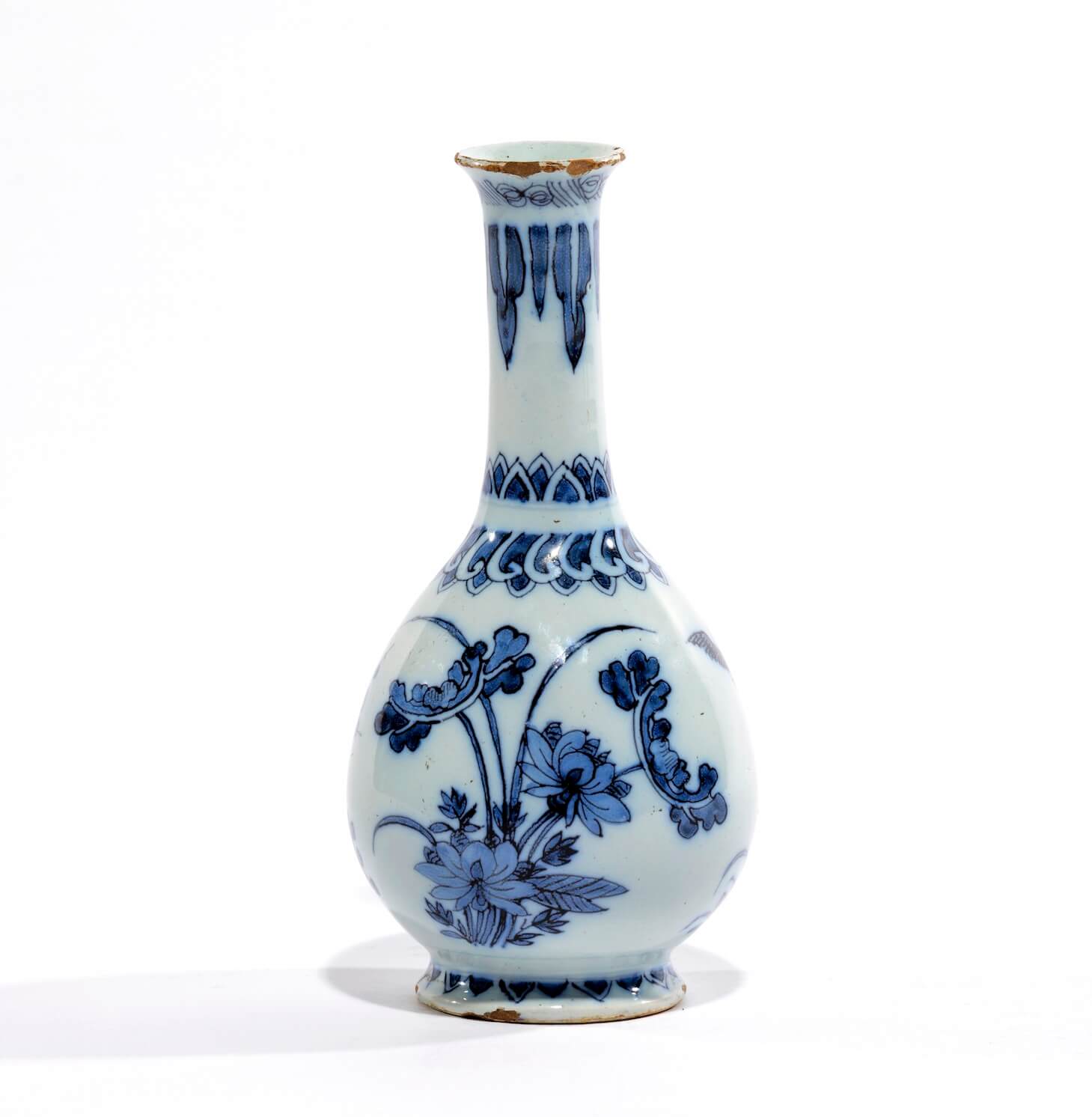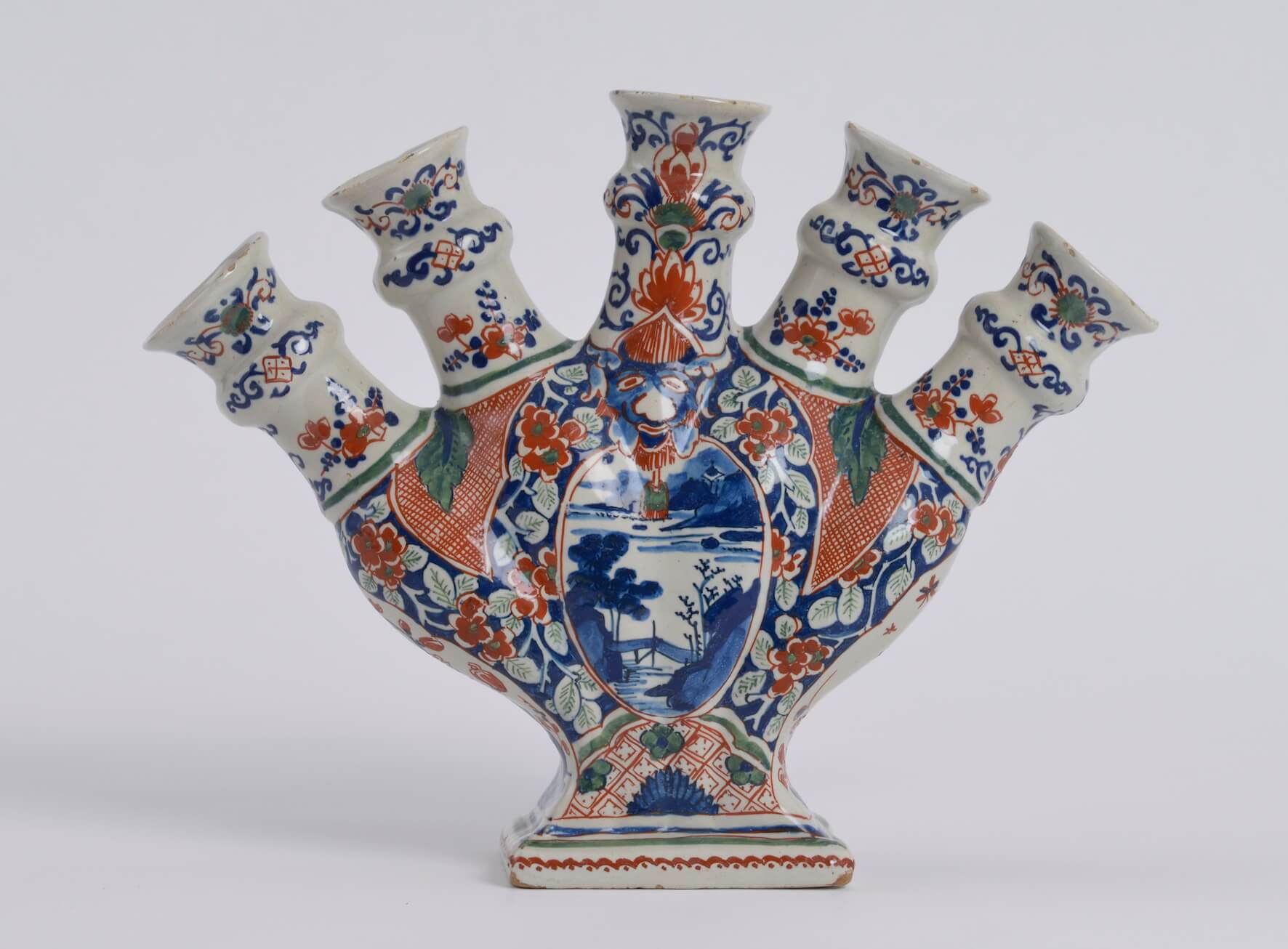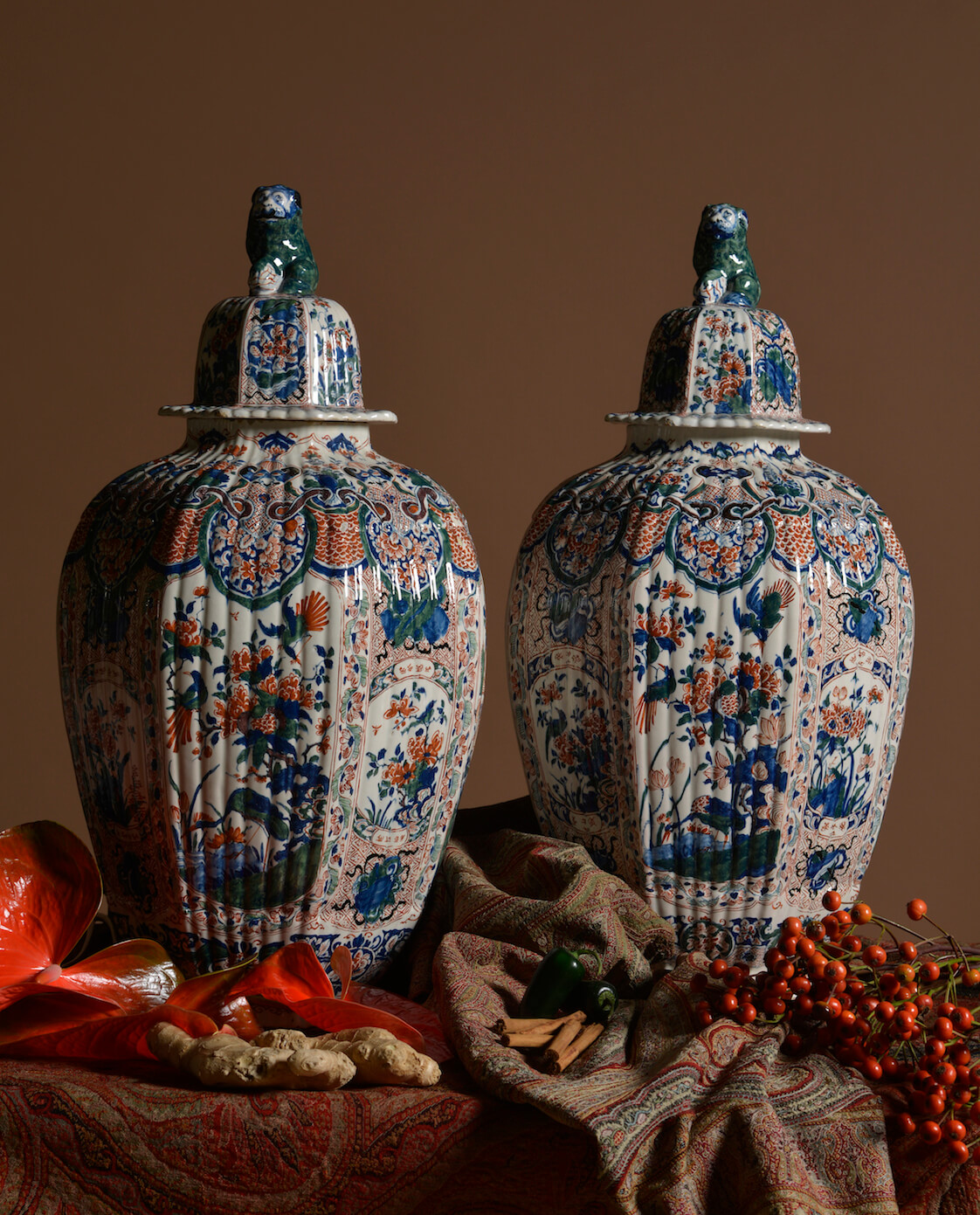Majolica Polychrome Plate
Every month we present a special object from the Aronson Antiquairs’ collection. This month we would like to show you this majolica polychrome plate. Made in the city of Haarlem around 1630, this majolica plate is the forerunner of Delftware. The plate is painted in the center in the typical colors used on majolica - ochre,…

